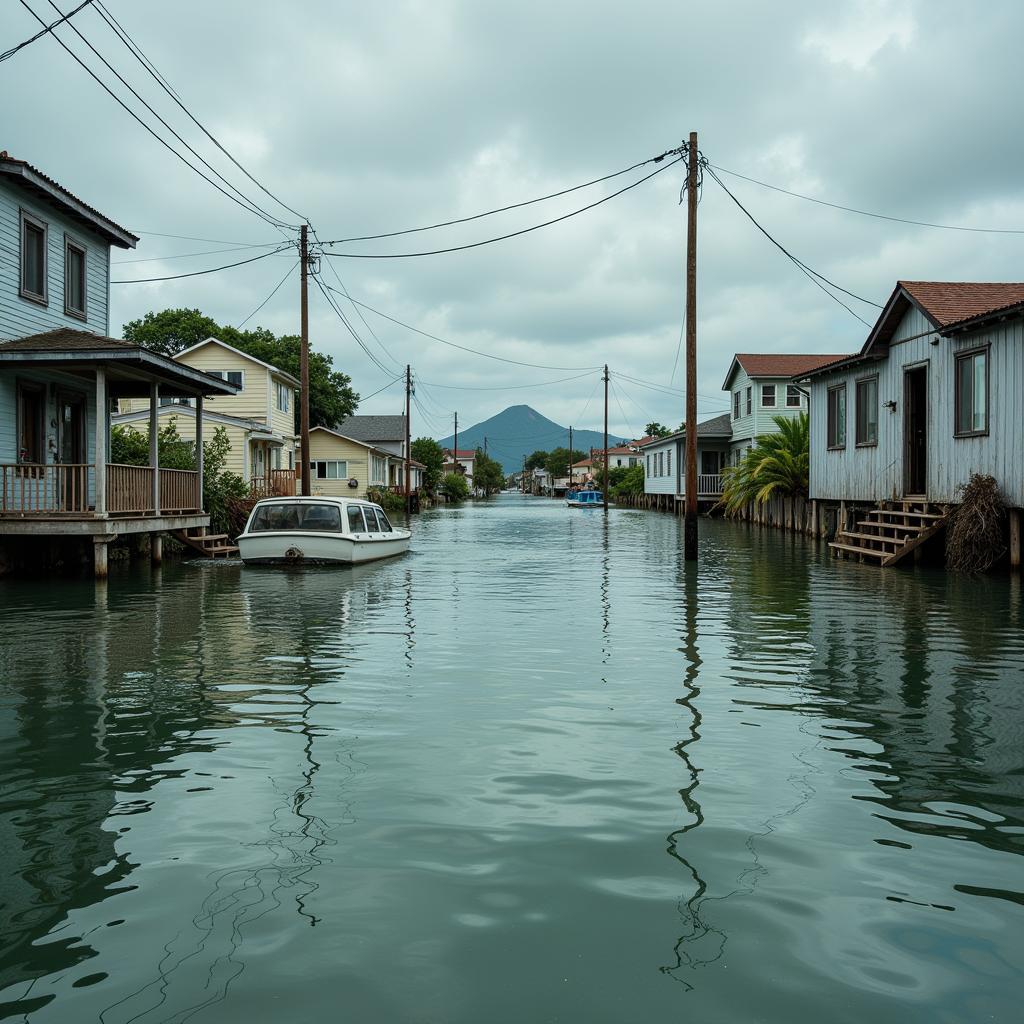The relationship between geography, environment, and society is a dynamic and intricate one, shaping our world in profound ways. From the earliest civilizations to our modern globalized society, the environment has dictated where we live, how we live, and the very structure of our communities. Understanding this interplay is crucial for building a sustainable and peaceful future. Just after this opening paragraph, let’s explore some of the resources available through organizations like the National Geographic Society Library.
The natural environment provides the resources that sustain human life. Access to fresh water, fertile land, and mineral resources has historically determined the location and prosperity of settlements. Geographical features such as mountains, rivers, and coastlines have influenced trade routes, cultural exchange, and even the development of political boundaries. This intricate dance between geography and society continues to shape our world today. The American Geographical Society Around the World Program provides valuable insights into these interactions.
How Geography Shapes Society
Geography isn’t just about maps and locations; it’s about understanding the Earth’s physical features and how they impact human populations. For instance, mountainous regions often develop isolated communities with unique cultural traditions, compared to new england chesapeake society, while coastal areas tend to be more connected and cosmopolitan due to trade and migration. The availability of natural resources influences economic activities, leading to specialization in agriculture, mining, or fishing.
The Impact of Climate on Social Structures
Climate, a key component of the environment, plays a critical role in shaping societal structures. Agricultural practices, clothing styles, and even architectural designs are all influenced by the prevailing climate. Extreme weather events can displace populations, disrupt economies, and lead to social unrest. Understanding these complex relationships is essential for mitigating the impacts of climate change.
 Climate Change Impact on a Coastal Community
Climate Change Impact on a Coastal Community
Society’s Impact on the Environment
While geography and environment influence society, the reverse is also true. Human activities have significantly altered the natural environment, often with detrimental consequences. Deforestation, pollution, and over-exploitation of resources have led to environmental degradation and biodiversity loss. Understanding our impact on the environment is crucial for developing sustainable practices.
The Role of Technology and Innovation
Technology and innovation can play a dual role in the relationship between society and the environment. While technological advancements have contributed to environmental problems, they also offer solutions. Renewable energy technologies, sustainable agricultural practices, and environmental monitoring systems are just a few examples of how innovation can help us mitigate our impact and build a more sustainable future.
 Solar Farm: Harnessing Renewable Energy
Solar Farm: Harnessing Renewable Energy
Building a Sustainable Future: Balancing Environment and Society
Moving forward, it’s essential to foster a harmonious relationship between geography, environment, and society. This involves recognizing the interconnectedness of these three elements and adopting a holistic approach to development. The California Geographical Society offers resources and information about sustainable development practices.
Promoting Environmental Stewardship
Education and awareness are key to promoting environmental stewardship. By understanding the delicate balance of our ecosystems and the impact of human activities, we can make informed decisions that protect our planet for future generations. This includes supporting sustainable practices in our daily lives, advocating for responsible policies, and fostering a sense of global citizenship. The National Social Studies Honor Society can be a valuable resource for educators and students interested in learning more about these issues.
Conclusion
The intricate interplay of geography, environment, and society continues to shape our world. By understanding these complex relationships and working towards a sustainable future, we can build a more peaceful and prosperous world for all. It requires a concerted effort from individuals, communities, and governments to address environmental challenges and create a harmonious balance between human needs and the health of our planet.
FAQ
- How does geography influence cultural development?
- What are the main environmental challenges facing society today?
- How can technology be used to promote sustainable development?
- What is the role of education in fostering environmental stewardship?
- How can individuals contribute to a more sustainable future?
- What are some examples of sustainable practices?
- How does climate change impact vulnerable populations?
Related Questions and Articles
- Consider exploring the differences between historical societal structures, compared to new england chesapeake society.
- Learn more about geographical societies and their contributions to understanding our world, such as the California Geographical Society.
- Investigate global perspectives on sustainability through programs like the American Geographical Society Around the World Program.
- Explore the vast resources available at institutions like the National Geographic Society Library.
- Discover educational opportunities and resources through organizations like the National Social Studies Honor Society.
Contact Us
For assistance, please contact us: Phone: 02043854663, Email: [email protected], or visit us at Zone 34, Bac Giang, 260000, Vietnam. We have a 24/7 customer support team.